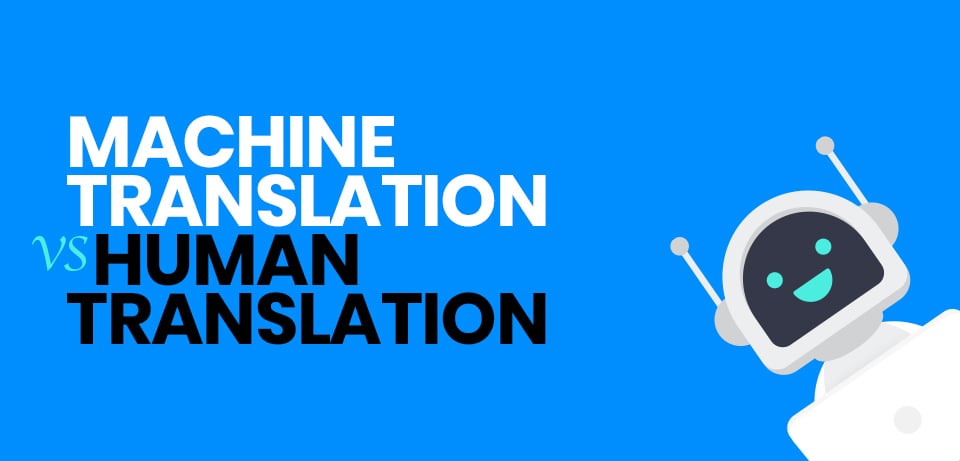Is machine translation a match for human translation?

In short, no. It is true that we live in a digital age, and computers have, and will continue to revolutionise the lives of many people, both at home and at work. But I would like to argue that machine translation cannot and should not take over the translation industry.
The ultimate goal of translation is to convince the reader that the text before them was originally written in their language, and so is not in fact a translation at all. To achieve this aim, a human translator needs to be involved. Here are just some of the reasons why:
Approaching the text
The way in which a machine approaches a text for translation is very different to that of a human. For starters, a human linguist would most likely read the whole text through before beginning any translation. This is to ensure that they have a sound understanding of the overall message, and can bear in mind the context whilst working through the document.
However, a computer will not follow this process but rather it will take the words in isolation, translating each of them directly, but not always forming links with the surrounding lexemes. This may result in sentences that make little or no sense – hardly the fluent-sounding and accurate target texts most clients are looking for.
The subtleties of language
Languages are not always straightforward, and sometimes they can be very ambiguous indeed. The extremely popular ‘Eat, shoots and leaves’ demonstrates the importance of grammar and punctuation: omitting the comma in the above sentence would render a very different translation through MT – especially as the computer has no understanding of whether the passage it’s taken from is describing a panda or a cowboy!
Machine translation may also struggle with certain linguistic devices, such as metaphors and puns, common features of marketing language. An expression in one language can rarely be translated literally, and only a human translator would be able to recognise the intended meaning beyond the words themselves, and select an appropriate expression in their own language.
Good translation demands an in-depth knowledge of both the source and target language, as well as an awareness of when an idiomatic translation should be favoured over a literal one. It is, nevertheless, possible to write for machine translation, by using unambiguous sentences, without multiple clauses.
There is, therefore, a place for machine translation in the pursuit of gist translations, intended only for internal use. For anything official, aimed at clients or the public, it is recommended to involve a translation agency, who can ensure that competent professionals are assigned to your project, and any queries are ironed out early on.
Remember—a computer cannot ask you to clarify the exact meaning of a statement or provide examples of what you mean to aid translation! Proofreading by an independent linguist is an equally important part of any project; a fresh pair of eyes helps spot silly mistakes and misunderstandings to guarantee translation quality.
Research required
Translation agencies handle files of all sorts, and the subject matter may sometimes be quite specialised, for example technical or legal documents. In such cases, project managers may seek out translators with specialisms in that field—through extensive research in the field, other translation projects, and/or experience gained in a previous career. This can be vital to ensure an accurate translation that conveys the meaning of the source in its entirety.
The correct terminology needs to be used for consistency with previous company documents, whether that means a word-for-word translation of the source, a locale-specific version, or keeping the same word as in the source, e.g. brand names. A mistranslation could be more than just embarrassing for a business – it may actually endanger lives, for example, if it involves dosage information on medication.
In conclusion, it must be stressed that there is still a place for technology in translation. However, Computer-Assisted Translation tools are optimised by human intervention, as translators confirm segments to the memory database, and manage terminology (adding meta-information and categorising terms as appropriate). Translators also need to recognise that the matching algorithms of CAT tools cannot always be relied upon to supply the best translation in a given context – often, some adjustment is required.
According to a recent study by Memsource, Xigen’s CAT tool of choice, 68% of projects handled in their tool do not employ machine translation. This suggests that there is still distrust on the part of translators, and that machine translation has some way to go before it can be successfully employed in every type of project, let alone be used as a standalone tool for translation.


 Back
Back